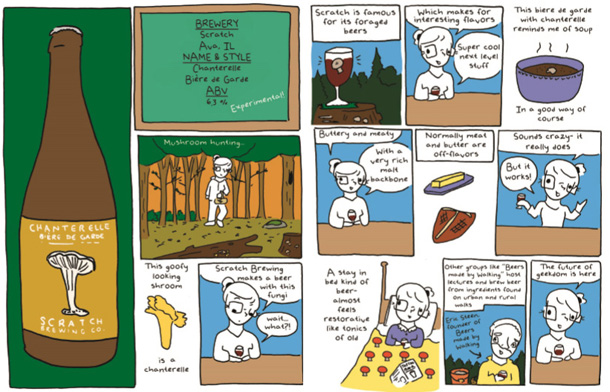 About halfway into “Craft: An Argument,” author Pete Brown cites two uncomfortable truths about craft as represented by the Arts & Crafts movement. The first is that craft is inherently selfish. The second is that it is elitist.
About halfway into “Craft: An Argument,” author Pete Brown cites two uncomfortable truths about craft as represented by the Arts & Crafts movement. The first is that craft is inherently selfish. The second is that it is elitist.
“This is why the Arts & Crafts movement ultimately collapsed over its various irreconcilable ambitions: by placing the dignity and job-satisfaction of the worker above all else and ensuring that they were paid a fair prices for their labour, Arts & Crafts objects necessarily had to sell at a higher price than mass-produced industrial products,” he writes.
Facts are facts. Nonetheless, Brown offers a thesis that what craft beer is is revealed by examining Arts & Crafts and other similar movements. To appreciate his idea, it is necessary to move beyond the argumentsthatwillnotend about the various definitions of “craft beer” and embrace the book’s subtitle: “Why the term ‘Craft Beer’ is completely undefinable, hopelessly misunderstood and absolutely essential.”



